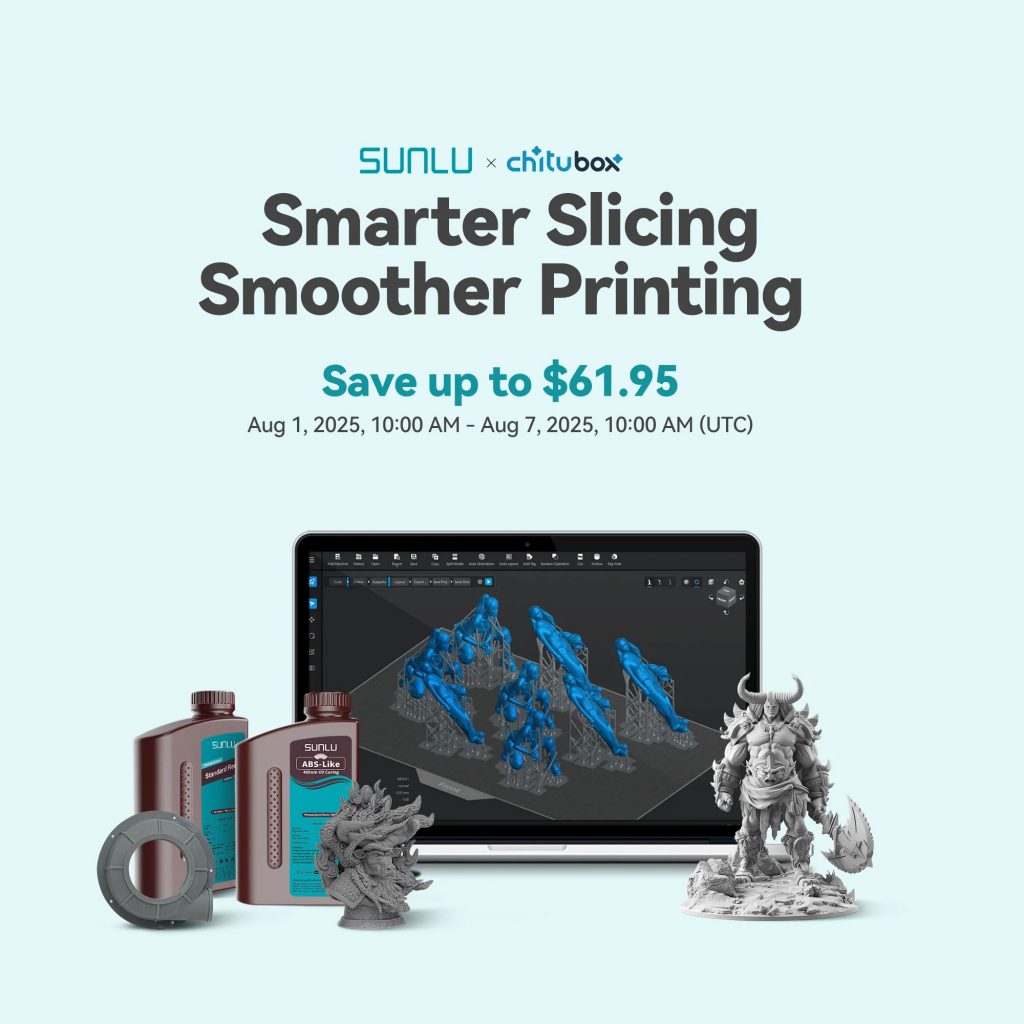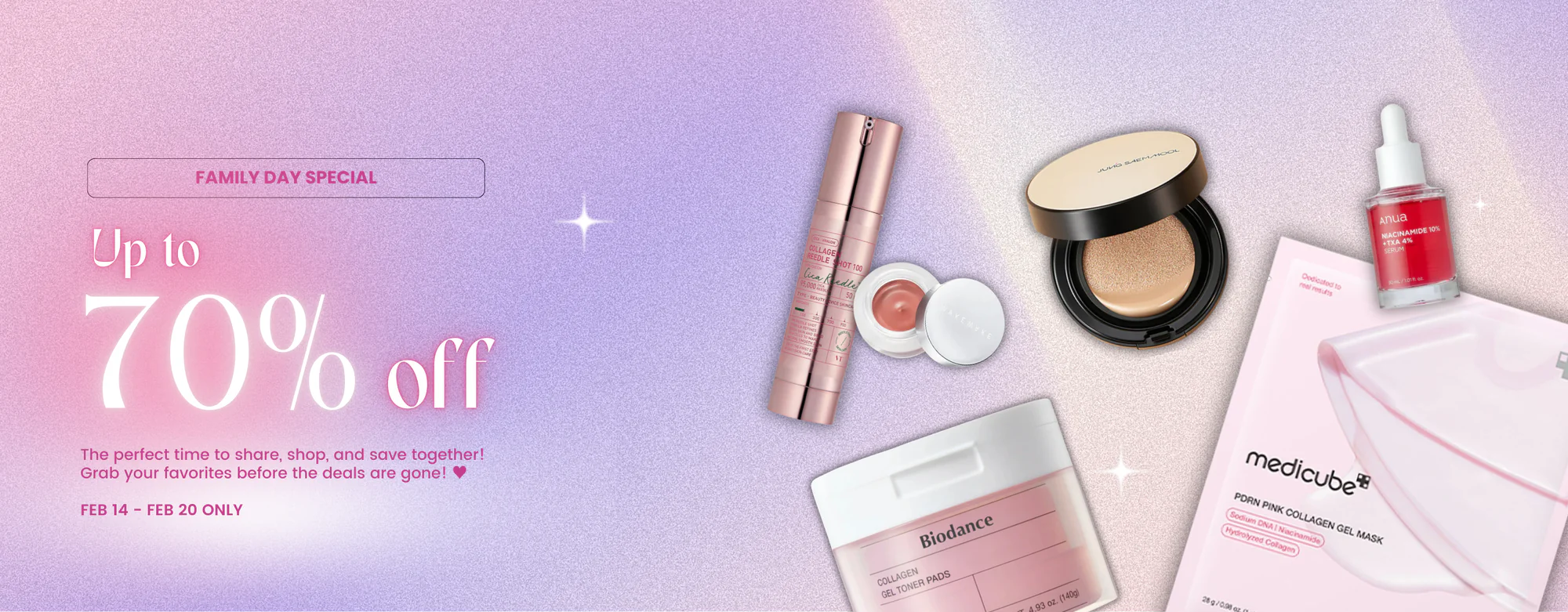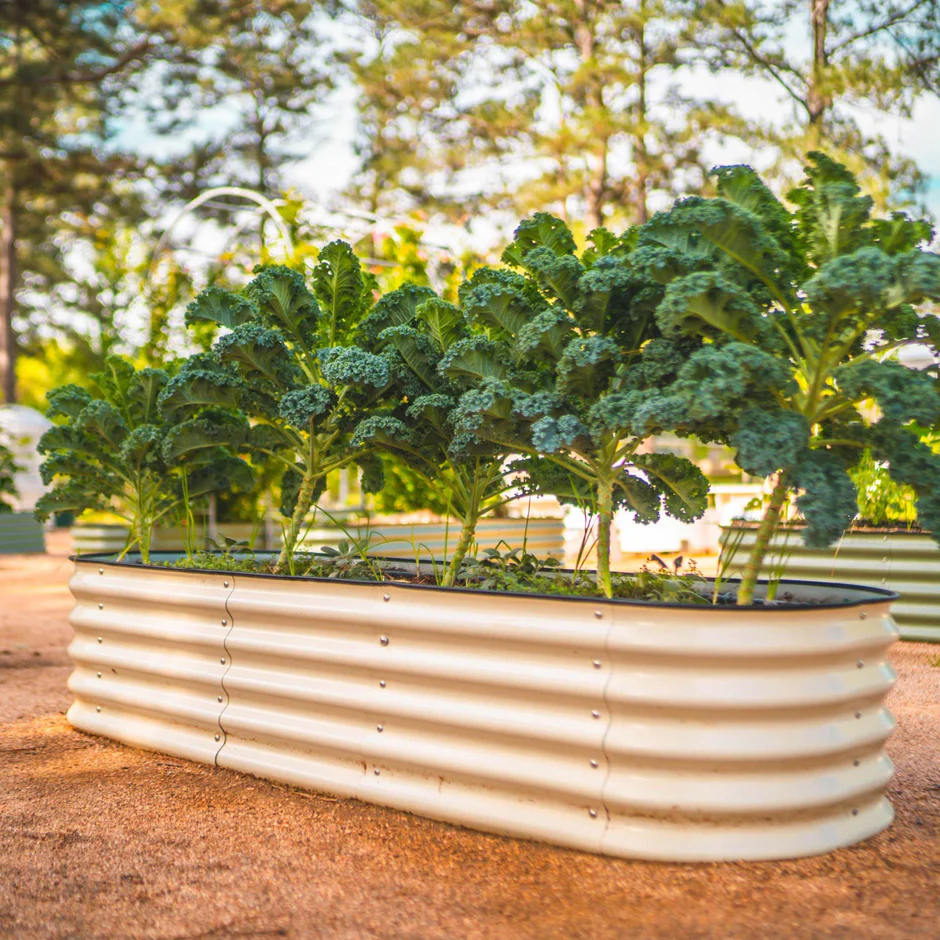
Welcome to the incredibly exciting world of 3D printing! You’ve unboxed your printer, leveled the bed, and now you’re staring at a world of creative possibilities. But there’s one crucial question that every beginner faces: which filament should I use? The sheer number of options can feel overwhelming, but don’t worry, we’re here to guide you. If you’re looking for the perfect blend of quality, affordability, and variety, you’ve likely come across the name SUNLU. They have quickly become a go-to brand for hobbyists and professionals alike. This guide will demystify their most popular filaments, helping you choose the perfect material to bring your digital creations into the physical world.
Why Choose SUNLU for Your 3D Printing Journey?
Before we dive into the specifics of PLA and PETG, let’s talk about why SUNLU is such a fantastic choice, especially for those just starting out. In the vast market of 3D printing materials, SUNLU has carved out a reputation for being the best budget 3D filament provider without compromising on quality.
Here’s why so many creators trust them:
- Exceptional Value: SUNLU offers high-quality filament at a price point that won’t break the bank. This allows you to experiment, learn, and even make mistakes without feeling the financial sting.
- Consistency is Key: Nothing is more frustrating than a filament that prints well one day and fails the next. SUNLU is known for its tight manufacturing tolerances (pm0.02mm), ensuring a smooth and reliable printing experience from the beginning of the spool to the end.
- Wide Selection: From basic PLA to durable PETG and specialty filaments, SUNLU has a material for virtually any project you can imagine. Their range of SUNLU color options is also vast, letting your creativity shine.
- Free Shipping: This is a huge bonus! Filament can be heavy, and shipping costs from other brands can add up. SUNLU’s free shipping policy makes their already affordable filament an even better deal.
Ready to explore their offerings? You can check out the entire collection on the official SUNLU website. And don’t forget to grab a discount code from our exclusive coupon page before you buy!
Understanding the Basics: What is 3D Printer Filament?
Think of filament as the “ink” for your 3D printer. It’s a thermoplastic material, typically wound onto a spool, that is fed into your printer’s hotend. The printer melts the filament and extrudes it layer by layer to build your 3D model.
Filaments come in various materials, each with unique properties. Some are easy to print and rigid, others are flexible and strong, and some are resistant to heat and chemicals. For this guide, we’ll focus on the two most popular choices for beginners and hobbyists: PLA and PETG.
The King of Beginners
If you’re just starting your 3D printing for beginners journey, PLA is your best friend. It’s the most popular filament in the world for a reason: it’s incredibly easy to work with and very forgiving.
What is PLA Filament?
PLA stands for Polylactic Acid. It’s a bioplastic derived from renewable resources like corn starch or sugarcane. This makes it more environmentally friendly than petroleum-based plastics. It’s known for its ease of use, low printing temperature, and minimal warping.
Key Features of SUNLU PLA
When you choose SUNLU, you’re getting a filament optimized for a smooth experience.
- Low Warping: PLA has a low thermal expansion rate, meaning it’s less likely to shrink and pull away from the print bed as it cools. This results in fewer failed prints.
- No Strong Odor: Unlike some other plastics, PLA emits a faint, slightly sweet smell when printing, making it ideal for use in a home or office environment.
- Vibrant Colors: SUNLU offers a massive spectrum of PLA colors, from standard primary shades to unique translucent and glittery options, allowing you to print stunning, eye-catching models.
- Great Detail: It can produce models with sharp corners and intricate details, making it perfect for aesthetic prints.
Best Projects for SUNLU PLA
Because of its rigidity and ease of printing, PLA is perfect for a wide range of applications that don’t require high strength or heat resistance.
- Detailed Miniatures and Figurines: Capture every small detail of your favorite characters.
- Cosplay Props and Armor: Great for items that need to look good but won’t be under heavy stress.
- Visual Prototypes: Quickly print concept models to test form and fit.
- Household Items: Organizers, vases, phone stands, and other decorative objects.
A Quick SUNLU PLA+ Review: The Upgrade
You’ll also see SUNLU PLA+ listed on their site. Think of PLA+ (or PLA Plus) as the tougher sibling of standard PLA. It’s a modified formula designed to have improved mechanical properties, specifically better impact resistance and layer adhesion. It’s not quite as strong as PETG, but it’s a significant step up from regular PLA while remaining almost as easy to print.
Choose PLA+ for functional parts that need to withstand a bit more stress, like simple brackets, enclosures for electronics, or printed tools that won’t be exposed to high temperatures.
Recommended SUNLU PLA Settings
While every printer is different, here are some great starting SUNLU filament settings for their PLA and PLA+:
- Nozzle Temperature: 200°C−230°C (PLA+ often prefers the higher end of this range)
- Bed Temperature: 50°C−65°C
- Printing Speed: 50−100 mm/s
Always print a temperature tower first to dial in the perfect settings for your specific machine and environment!
The Durable All-Rounder
Once you’ve mastered PLA and need something stronger, it’s time to get acquainted with PETG. It offers a fantastic balance of strength, temperature resistance, and ease of printing that makes it a true workhorse filament.
What Makes PETG a Great Choice?
PETG (Polyethylene Terephthalate Glycol) is the same family of plastic used to make water bottles. The “G” in PETG stands for glycol, which is added to make the material less brittle and easier to print. SUNLU is praised for its durability and reliability.
- Superior Strength & Durability: PETG is significantly stronger and more impact-resistant than PLA. It also has a slight bit of flex, so it’s less likely to shatter under stress.
- Higher Temperature Resistance: It can withstand higher temperatures than PLA (around 80°C), making it suitable for parts used in cars or outdoors.
- Chemical Resistance: It holds up well against many common chemicals, acids, and bases.
- Low Shrinkage: Like PLA, it has minimal shrinkage, making it possible to print large objects without an enclosure.
When to Use SUNLU PETG Filament
Choose PETG when your project requires more than just good looks. It’s the go-to for functional prints.
- Mechanical Parts: Gears, brackets, and load-bearing components.
- Protective Casings: Durable phone cases, GoPro mounts, or drone frames.
- Outdoor Items: Plant pots or garden tools that will be exposed to the elements.
- Anything needing to be food-safe (Note: While the raw material is food-safe, the 3D printing process can introduce bacteria in the layer lines. Always use a food-safe coating for printed items that will directly contact food).
Comparing SUNLU PETG vs. PLA
| Feature | SUNLU PLA / PLA+ | SUNLU PETG |
| Ease of Printing | Very Easy | Moderately Easy |
| Strength | Good (PLA+ is Better) | Excellent |
| Flexibility | Brittle | Slightly Flexible |
| Temp. Resistance | Low (~60°C) | Good (~80°C) |
| UV Resistance | Poor | Good |
| Stringing | Minimal | Can be prone to stringing |
| Best For | Visuals, Prototypes | Functional, Durable Parts |
Ideal SUNLU PETG Temperature and Settings
Printing PETG requires slightly higher temperatures and a bit more fine-tuning to prevent stringing. The key to a great print is getting the right SUNLU PETG temperature.
- Nozzle Temperature: 220°C−250°C
- Bed Temperature: 70°C−85°C
- Printing Speed: 40−60 mm/s (Slower speeds often improve quality)
- Cooling Fan: Use low fan speeds (20-50%) after the first few layers to improve layer adhesion.
Beyond PLA and PETG: Other Noteworthy Filaments
While PLA and PETG will cover 90% of your printing needs, SUNLU’s catalog has even more to explore as you grow your skills. They offer beautiful Silk PLA for a shiny, metallic finish, Matte PLA for a non-reflective, premium look, and even more advanced materials like ABS for high-temp applications. You can browse the full, impressive range on the SUNLU store.
Don’t Forget the Accessories
One last pro-tip: filament, especially PETG, is hygroscopic, meaning it absorbs moisture from the air. Wet filament leads to popping sounds during printing, steam from the nozzle, heavy stringing, and extremely brittle prints.
To guarantee the best results every time, investing in a filament dryer is a game-changer. The SUNLU S2 Filament Dryer is a purpose-built device that keeps your spool at the perfect temperature and humidity, ensuring your material is in peak condition for printing.
Your Next Steps: How to Buy SUNLU and Save Money
Feeling confident and ready to start printing? Here’s the simple two-step plan to get the best material for the best price.
- Browse the Collection: Head over to the official SUNLU website. Look at the different colors of PLA, consider if you need the extra strength of PLA+, or decide if the durability of PETG is right for your next functional project. Add your choices to your cart.
- Get Your Discount: Before you check out, stop by our Prodynest coupon page for SUNLU. We keep it updated with the latest codes and deals to ensure you save money on your order. Apply the code at checkout and enjoy the savings!
Choosing the right filament is a key step in your 3D printing adventure. By starting with a reliable and affordable 3D filament brand like SUNLU, you’re setting yourself up for success. Whether you begin with the simple and satisfying PLA or jump to the durable and functional PETG, you’re on the path to creating amazing things.
Happy printing!

